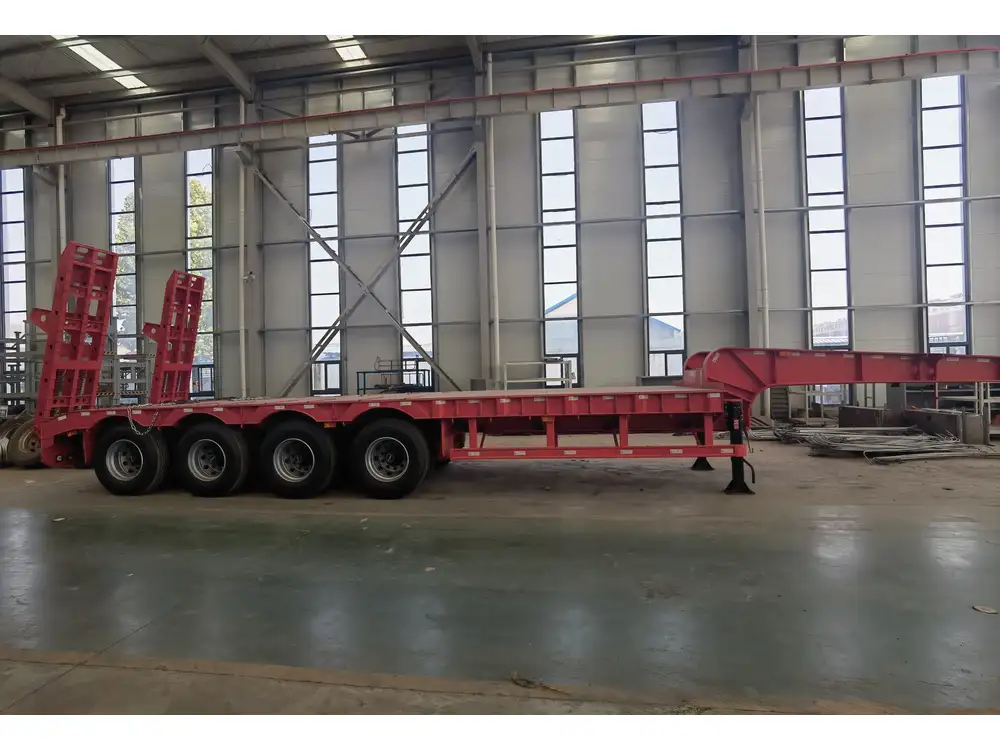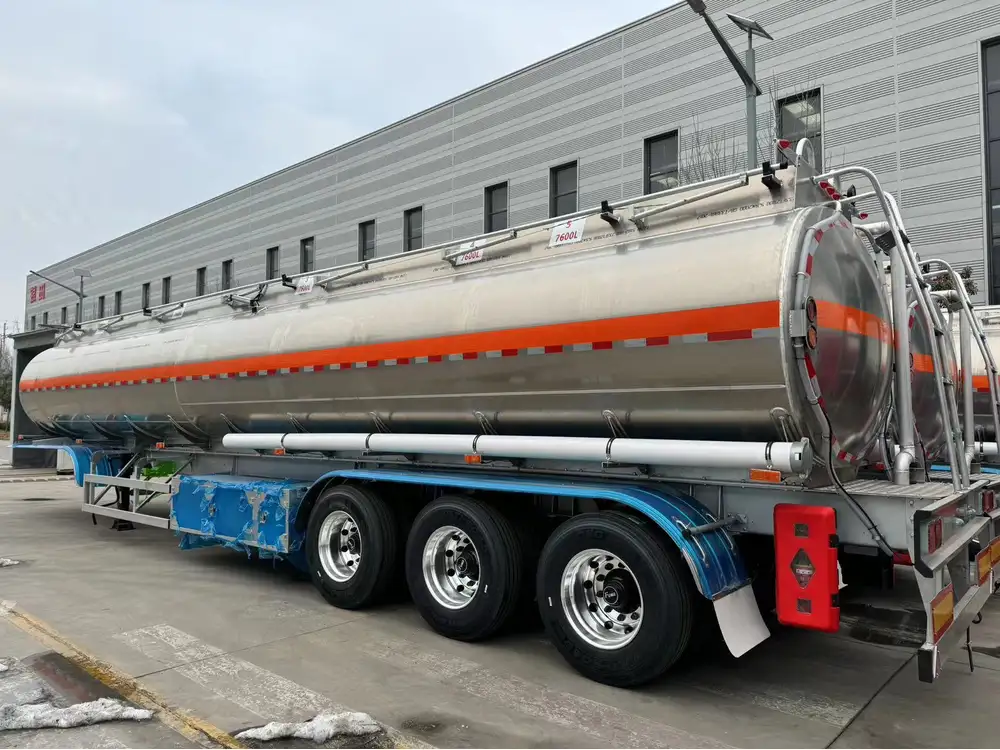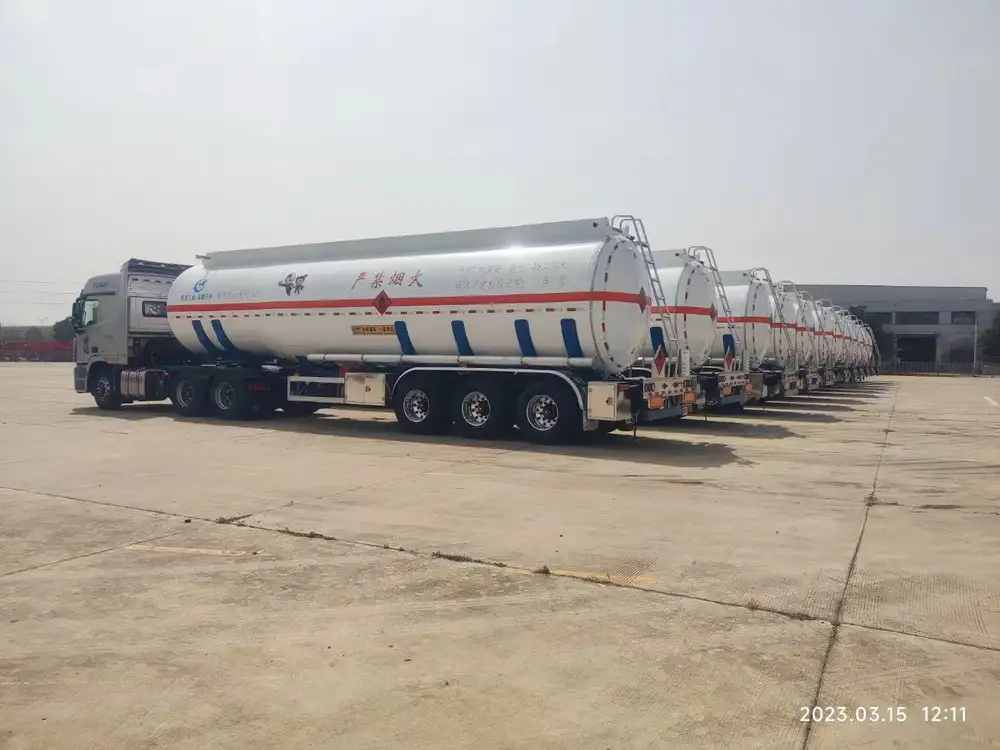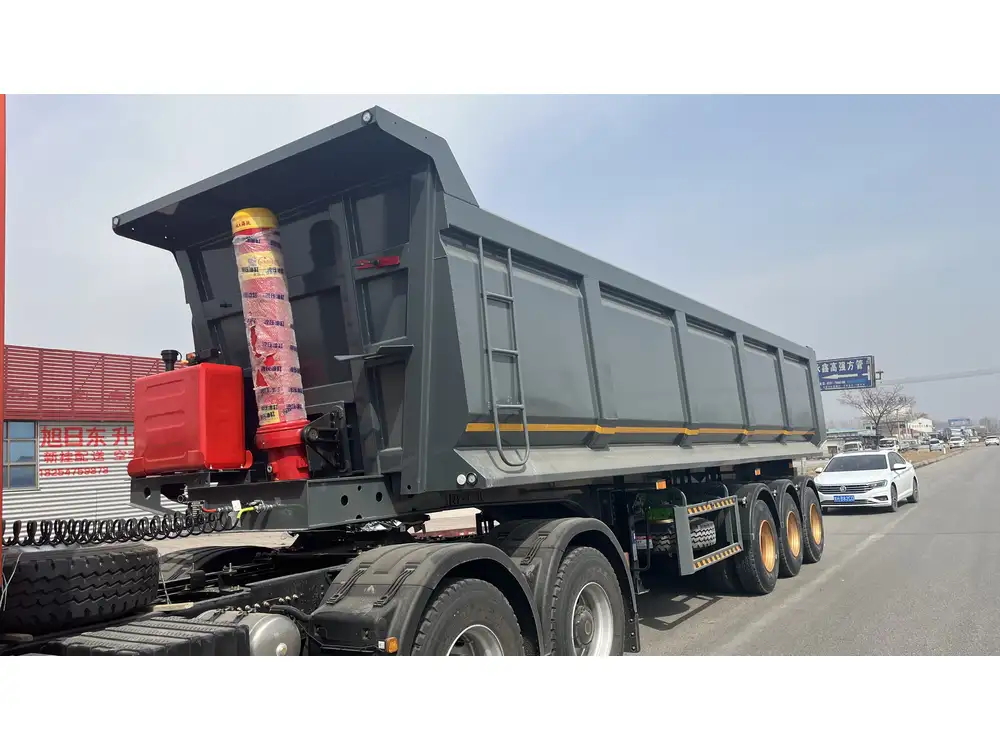When it comes to the logistics and transportation industry, semi trailers play a pivotal role in the movement of goods. However, understanding the weight limitations of semi trailers is crucial for compliance, safety, and efficiency. This article delves deep into various aspects of semi trailer weight, providing insights on regulations, factors influencing weight, and implications for transporting goods.
Understanding Semi Trailer Weight Limits
Federal Weight Regulations
In the United States, semi trailers fall under the jurisdiction of the Federal Motor Carrier Safety Administration (FMCSA). According to federal regulations, a semi trailer and its tractor can reach a maximum gross vehicle weight (GVW) of 80,000 pounds (36,287 kilograms). This weight limit includes everything from the weight of the vehicle itself to the cargo it carries, fuel, and any other included accessories.
| Weight Regulations | Maximum Weight |
|---|---|
| Total Gross Vehicle Weight | 80,000 lbs (36,287 kg) |
| Maximum Tandem Axle Weight | 34,000 lbs (15,422 kg) |
| Single Axle Weight | 20,000 lbs (9,072 kg) |
Note: States may impose additional restrictions, so it’s vital to verify local regulations before planning any haul.

State Weight Limits
While federal regulations provide a baseline, individual states may have stricter weight limits based on road conditions, infrastructure, and overall safety considerations. For instance, some states may limit the maximum weight for a single trailer to 75,000 pounds, while others may permit up to 80,000 pounds under certain conditions that meet state regulations.
Table: Sample State Weight Limits
| State | Max Weight (lbs) | Increased Weight Allowance |
|---|---|---|
| California | 80,000 | Yes, with permits |
| Texas | 80,000 | Yes, with permits |
| New York | 80,000 | Yes, with permits |
| Florida | 80,000 | Limited to certain routes |
Factors Influencing Semi Trailer Weight
Several factors play a role in determining the weight of a semi trailer. These include:
1. Type of Semi Trailer
Different types of semi trailers are designed for various loads, impacting their weight capacities. Here are some common trailer types:
- Flatbed Trailers: Often used for heavy loads, they can support up to 48,000 pounds without exceeding weight limits.
- Reefer Trailers: Equipped with refrigeration units for perishable goods, their weight can be significantly higher due to the extra equipment.
- Tank Trailers: Used for transporting liquids, the combined weight of the tank and contents must be carefully measured.

2. Payload Capacity
The payload capacity of a semi trailer refers to the maximum weight it can carry, including not just the cargo but also the weight of the trailer itself. Understanding the material makeup and additional components of the trailer can help calculate this figure accurately.
| Type of Semi Trailer | Empty Weight (lbs) | Payload Capacity (lbs) | Total Capacity (lbs) |
|---|---|---|---|
| Flatbed | 25,000 | 48,000 | 73,000 |
| Reefer | 30,000 | 42,000 | 72,000 |
| Tank | 35,000 | 45,000 | 80,000 |
3. Configuration of Axles
The number and arrangement of axles also significantly impact a semi trailer’s weight. Trailers can range from two to four axles, with additional axles providing increased weight distribution and allowing for heavier cargo loads. Tandem axles distribute weight more evenly and can usually accommodate greater weight compared to single axles.
Figure: Weight Distribution by Axle Configuration
- Single Axle: Supports places where weight limitations are strict.
- Tandem Axle: Enhances weight limits, allowing higher load capacities often seen in road freight.
- Tri-Axle: Typically used for heavy and oversized loads like construction machinery.
4. Load Type
The type of cargo being transported can influence the weight distribution within the trailer as well. Certain materials, such as steel or stone, are much heavier compared to less dense goods like plastics or boxes of textiles. Moreover, some materials require special handling or forms of securing the load, which could add weight to the trailer due to additional equipment or reinforcements.

Implications of Exceeding Weight Limits
Legal Ramifications
Operating a semi trailer that exceeds the specified weight limits can lead to severe legal consequences, such as hefty fines and potential criminal charges for repeat offenders. Additionally, companies may face insurance issues and liability in the event of an accident.
Safety Concerns
Overloading poses significant safety risks, including:
- Increased braking distance
- Reduced handling capacity
- Heightened risk of tire blowouts
- Problems with load stability

Economic Impact
Overweight fines can cripple a company’s profit margins, with penalties ranging from $100 to $10,000, depending on the degree of the overweight violation. Over time, consistently operating at or above weight limits can lead to a fleet’s expensive repairs and higher operational costs.
Maintenance of Equipment
Heavy loads can lead to faster wear and tear on semi trailers, increasing maintenance requirements; thus, it is vital to monitor and adhere to weight limits in order to maintain fleet reliability.
Best Practices for Ensuring Compliance

Scheduling Regular Inspections
Regular inspections can help monitor both the condition of trailers and ensure compliance with weight regulations. It is crucial to maintain accurate records for each vehicle.
Utilizing Advanced Weighing Technologies
Implementing onboard scales or other weighing technologies can provide real-time feedback about the trailer’s weight, ensuring that freight doesn’t exceed legal limits before hitting the road.
Training Drivers on Weight Management
Training drivers to understand weight distribution, loading practices, and the importance of adhering to weight limits can significantly reduce the risk of excess weight violations.

Conclusion
Understanding the complexities and regulations surrounding semi trailer weights is essential for every industry stakeholder involved in the transportation of goods. By adhering to federal and state weight regulations, considering the factors influencing the weight of trailers, and implementing stringent compliance practices, companies not only safeguard their operations but also contribute to a more efficient and sustainable logistics landscape.
In an era where efficiency, safety, and compliance play pivotal roles, employers and drivers alike must continuously educate themselves on the current statutes and best practices that govern the weight management of semi trailers. As both regulations and technologies evolve, staying informed and adaptable will ultimately lead to success in the trucking industry.



